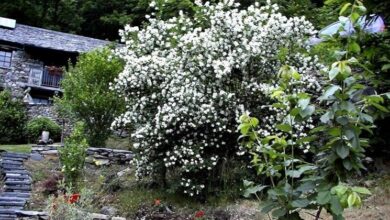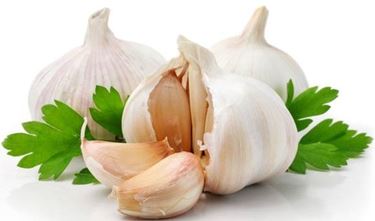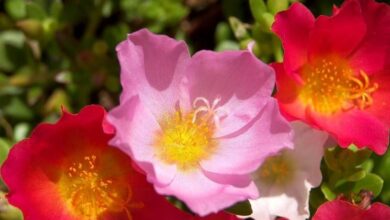Vanda orchids
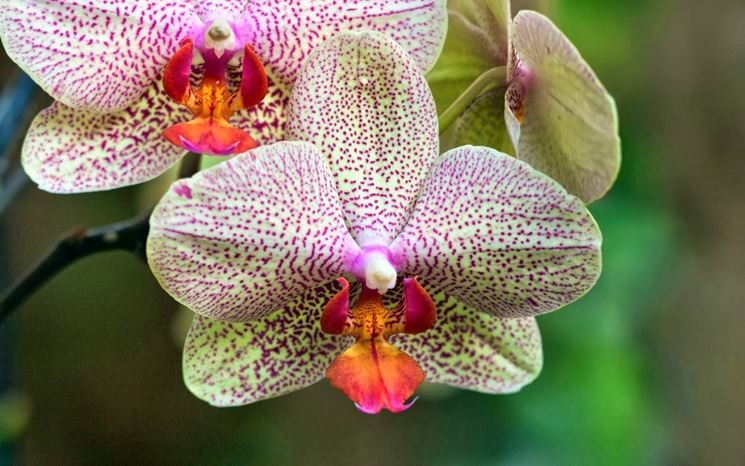
Vanda orchids

Vanda orchids: cultivation
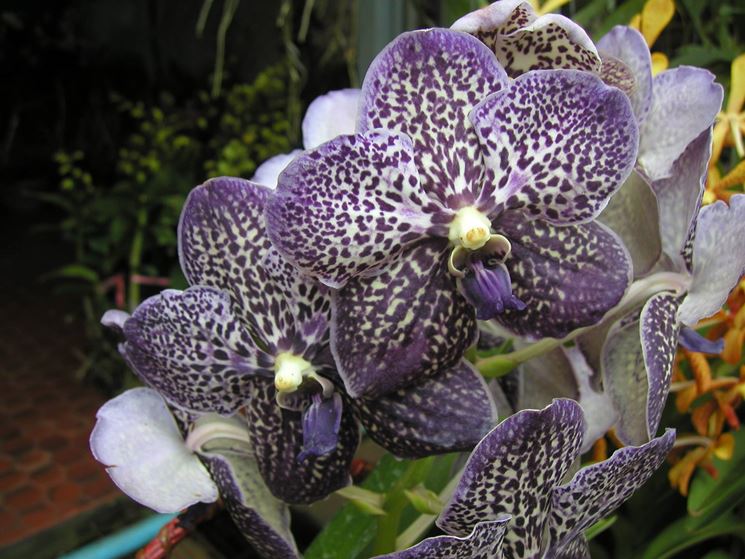
The roots of these orchids are large, fleshy and grow from the stem but are almost never branched. They love the air and for this reason the ideal environment is not the terracotta pot. A valid alternative can be hanging baskets but you can opt for vanda orchids grown in a glass vase kept in a very bright place, which allows the light to reach the roots of the plants. It is a plant that cannot bear direct sunlight, but at the same time it is not suitable for a cold temperature. The ideal temperature of orchids vandait stands between 17 ° and 28 ° degrees with a good movement of air. Being a plant with typical tropical characteristics it needs a lot of humidity in the air and for this reason in summer it needs to be vaporized several times a day every day, while it needs to be watered every two or three days without exaggerating. Flowering has a fairly long period and lasts from 6 to 8 weeks.
Vanda orchids: care
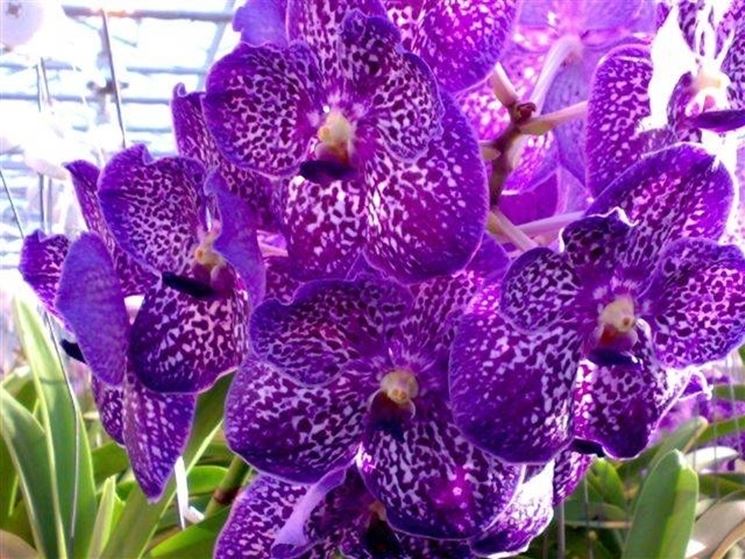
Vanda orchids require suitable care to maintain the proper vitality of the stem and leaves. The risk of a domestic environment is that of not ensuring the right level of humidity for the plants. The signs of a suffering orchid can be seen in the withered roots, or in the case of too frequent watering, yellow, brown or black spots emerge on the leaves caused by fungi. You can help the plant regain vigor with specific fungicides or insecticides, but care must still be taken to maintain the humidity and ideal conditions for the right environment that the plant requires. The plant must also be taken care of during and after flowering, in fact when the stem fades it must be cut completely, and after about six months from
Vanda orchids: reproduction
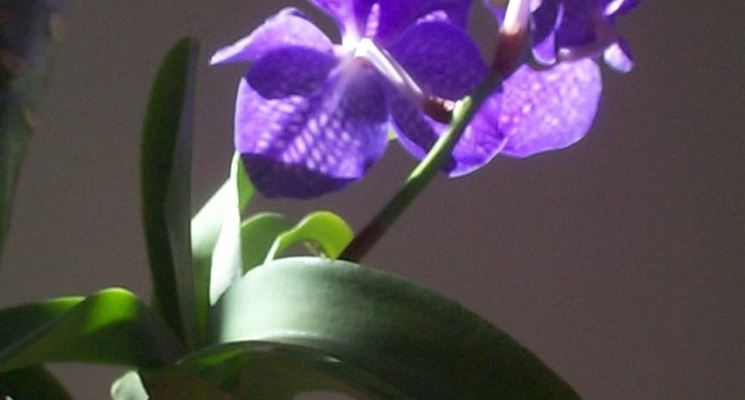
A particular feature of vanda orchids is reproduction. Typically the vanda produces lateral shoots from the main stem, and these will become new plants with new roots completely independent from the mother plant. They are called keiki and once they have reached maturity they can be detached from the mother plant and grown individually. Vanda orchids can also be reproduced by grafting with orchids of other species. It is precisely through the grafting that related genera and a large amount of hybrid plants with the most varied colors and shapes have been created, with their own characteristics and often very different from those crossed. Structurally it is a plant that maintains good resistance and good roots even between different crosses of species.


